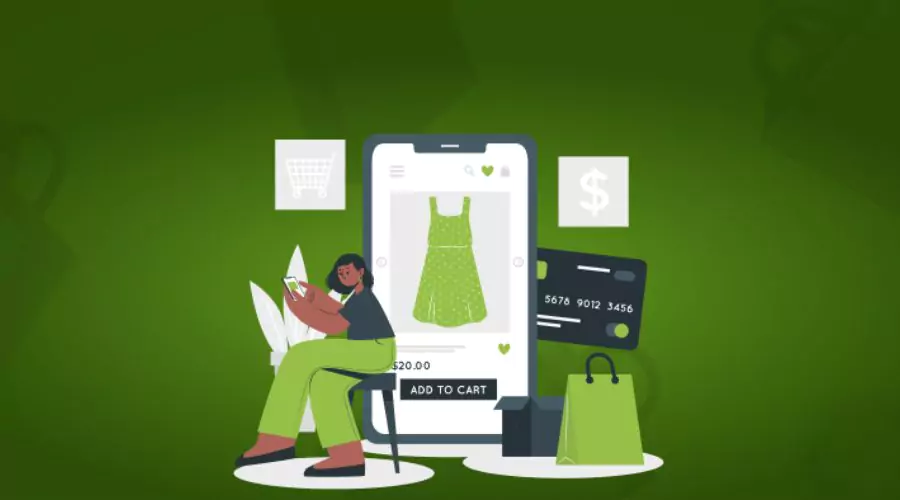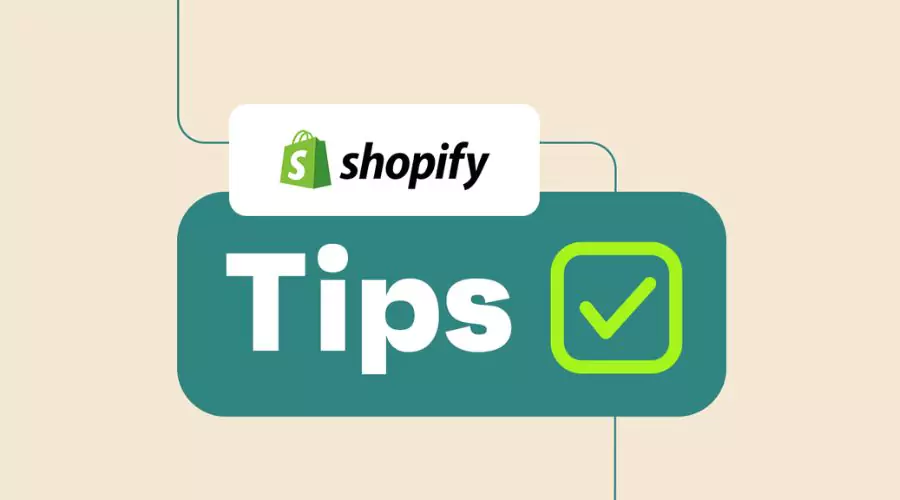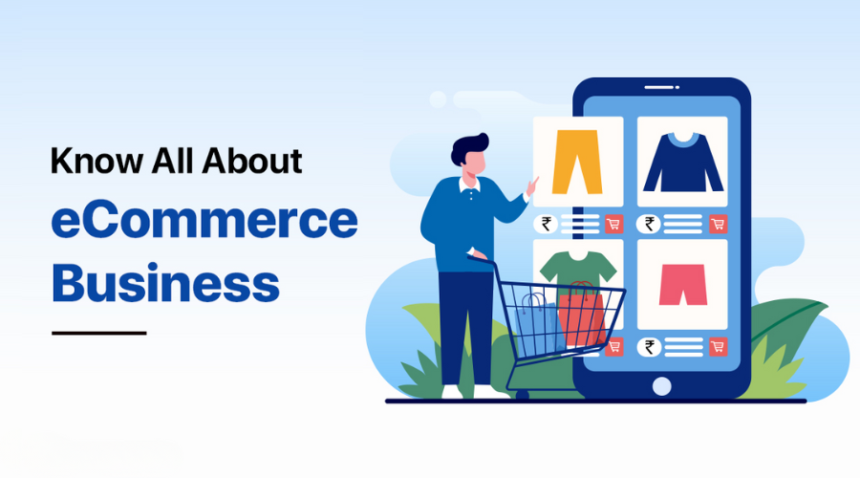Starting a business enterprise is never easy however, the growing demand of online marketing makes it entirely possible for individuals to sell online. Have you been considering starting an online business? Have you got your niche to do selling online but don’t know how to get started? In this guide blog, we bring some common steps that will guide you on how to sell on Shopify. Yes, Shopify is one of the trusted online e-commerce platforms where you can shop and build professional dropshipping stores.
Why Sell on Shopify in 2024?

It is one of the best e-commerce platforms that allow retailers to create, customise, and manage their online goods without the need for inventory. It offers a wide range of web features, and also smartphone optimisation, and smooth customer service. Additionally, it also offers numerous subject matters and apps that assist in finding the right suppliers from different regions. From designing your online store to starting dropshipping it’s one of the best e-commerce platforms in 2024.
Before diving into the steps, permit’s discover why Shopify is a preferred desire for lots of entrepreneurs.
- Ease of Use: Shopify’s intuitive interface makes it smooth to set up and monitor your sales without having technical competencies. To sell on Shopify it is possible for everyone.
- Customisable Themes: Choose from loads of expert topics to create a unique and attractive storefront or eye-catching web store to sell on Shopify.
- App Integrations: Enhance your store’s capability with a huge range of apps to choose from inside the Shopify App Store.
- Payment Gateways: Shopify helps more than one charge alternative, ensuring a smooth transaction method for your clients.
- 24/7 Support: Get help whenever you want it with Shopify’s around-the-clock customer service.
Setting Up Your Shopify Store: The Initial Steps
To start promoting on Shopify, step one is to create an account. Visit the official website and sign on for a free trial, which offers you an opportunity to discover the platform before committing. You’ll want to offer some fundamental information approximately your store, together with its name and the sort of merchandise you intend to sell.
Once your account is installed, you will be taken to the Shopify dashboard. This is your command middle, wherein you can manage everything you save. Begin by using selecting a subject matter that aligns with your emblem. Shopify offers a whole lot of free and popular themes, each customisable to suit your particular desires. Take it slow to discover the options and pick out a theme that not only appears appealing but also offers a terrific user experience.
Customising Your Store: Own and Sell on Shopify

Customisation is an essential part of growing a completely unique and engaging online store. With your chosen topic, you could begin customising the format, shades, fonts, and other design elements to reflect your brand’s identification. Shopify is easy to use. After this follow the next step by navigating to the Products section of the dashboard and clicking “Add Product.”
This section also allows retailers to add images about the products and more related details. Pay unique interest to the high quality of your product pictures and outlines, as they play a sizeable function in attracting and converting clients. High-fine photographs and designated, persuasive descriptions can make a large distinction in how your products are perceived.
Setting Up Sell on Shopify: Payment and Shipping Options
The most important feature to add to your online store is to set up multiple payment options that are conveniently used by people. Thankfully to sell on Shopify it offers multiple payment methods that retailers can set up. This helps customers to find a mode of payment that is secure and less time-consuming. However, avoid choosing payment methods that are not frequently used by people.
Shipping is another essential factor for your online store. To sell on Shopify is easy now since it offers an easy configuration system for various shipping options. It includes important features like flat rates, free shipping, and real-time cost. Consider your shipping method carefully, and reliability to fulfill consumer expectations. You also can install transport zones and rates primarily based on geographic locations to optimize your transport services.
Launching Your Store: Going Live
Before launching your store, it’s vital to review and test the whole thing to ensure a smooth client experience. Double-check your product listings, charge and transport settings, and typical site capability. Shopify offers a “Launch Checklist” to help you cover all the essential steps.
Once you are assured that everything is fine, it’s time to go live. Remove the password safety from your shop, making it available to the public. You can also make it public by announcing your live store on social media or through emails.
Marketing online store: Target your customers
Now that your store is live, the next step is attracting customers. Effective advertising and marketing are fundamental to using site visitors and producing sales. Use ads and other promotional methods to increase the growth of traffic to your website by using keywords or meta tags and more. This eventually brings in more traffic.
Social media advertising is another effective device. Create profiles on those social platforms where your target audience is active and update content regularly related to products. Use social media advertising to attain a broader target audience and attract traffic to your store. Additionally, retailers can also use email advertising methods to build marketing relationships with their potential clients. Personalised e-mail campaigns can help increase consumer engagement and loyalty.
Managing Your Store and Sell on Shopify
Once your shop is up and going for walks, powerful management is essential for sustained fulfilment. Regularly replace your stock to make sure that your merchandise is constantly available. Monitor your sales and internet site analytics to understand your customers’ demands and discover areas for development.
Customer provider is another vital factor in managing your store. Provide spark-off and helpful responses to consumer inquiries and cope with any problems that arise.
Scaling Your Business: Growth Strategies
As your shop gains traction, remember techniques to scale your enterprise. It’s important to frequently expand your products to customers globally by leveraging marketing methods and more. This can help boost your online store. To sell on Shopify sellers can use those advanced tools to integrate products. Try out different forms of marketing channels, and stay updated on the latest e-commerce traits to optimise your business and understand what your customers are frequently looking for.
Tips for Success on Shopify

- High-Quality Images: Use high-decision photos to show off your products. Invest in expert pictures if possible.
- Compelling Descriptions: Write precise and engaging product descriptions. Highlight key functions, benefits, and uses.
- Customer Service: Provide wonderful customer service. Respond to inquiries promptly and take care of returns correctly.
- Marketing Strategy: Develop a complete advertising method. Utilise SEO, social media, e-mail advertising, and paid marketing to reach your target market.
- Stay Updated: Keep abreast of Shopify updates, new capabilities, and e-commerce trends to stay aggressive.
Conclusion
To sell on Shopify for beginners or professionals is simply cost-effective. It provides an endless solution for finding sellers and easy setup of online stores with no high upfront cost or investment. Follow the above-mentioned steps to begin your journey now and it’s only a matter of time before your digital marketplace will come true. If you are new to e-commerce you can also set up a professional website to promote your products by using the web design tools. Wait no more and check out Shopify now!
For more information visit Thesinstyle.









